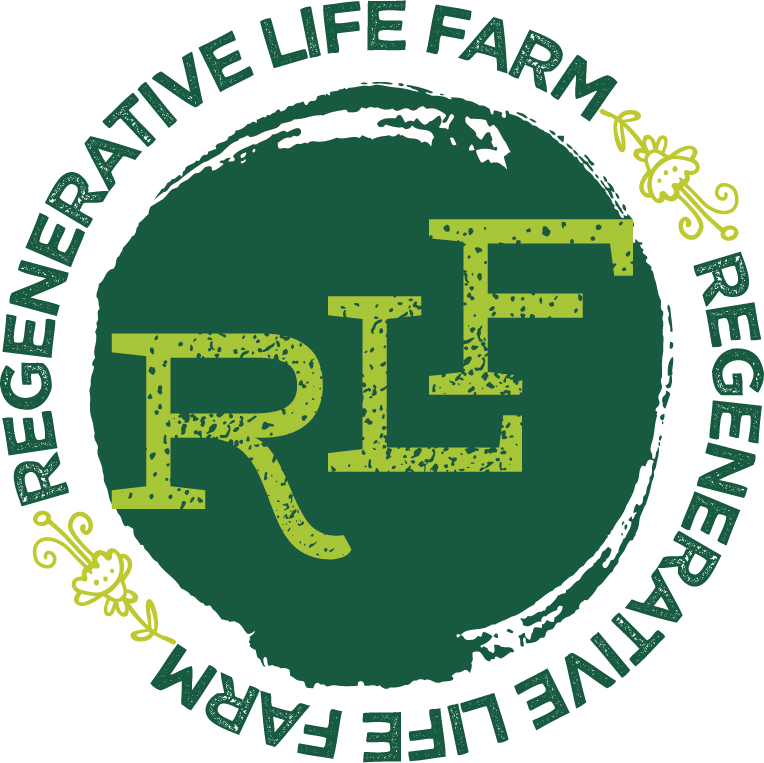The Life of a Weed
This appeared in the July 23, 2020 edition of The Fish Wrap.
The term Weed simply means a plant in the wrong place. Weeds don’t know they are undesirable in our gardens. They want the same things we want - to live, grow and expand. Like us, weeds are also tenacious and have a deep passion for life. A single plant can produce 48,000 seeds that are viable in the soil for 40 years. They sleep in the soil, waiting for conditions to be right for them to sprout and begin their expansion.
Weeds are more charitably called Volunteers. Weeds thrive in places where other plants don’t thrive. They are adapted to naturally occurring disturbed environments like dunes and other windswept soils, flood plains and areas that have burned. Human agricultural practices often create similar environments, such as fields, lawns, and roadsides. Plants that love these environments volunteer by sprouting, growing quickly and reproducing.
These plants are volunteering for a lot more than just taking over your lawn. Every species on the earth has an instinct to strengthen the environment it lives and dies in. Weeds pull nutrients out of the air and fix them in the soil. Their seeds feed birds and insects. They create spongy, shaded soil that holds water and nutrients. Every weed leaves a legacy of healthier soil behind.
When Weeds sprout in disturbed soil, they enrich the soil. Their kind may not prosper in the same field the next season when conditions are improved for more desirable plants. Some local friends are Dandelions and Clover which fix nutrients like calcium and nitrogen in the soil. Humans are a sort of weedy species with our ability to thrive in harsh environments and our love of life and expansion. But can humans claim to leave the earth better than they found it when they pass away?
